ACER webinar: amendments to the electricity balancing platforms
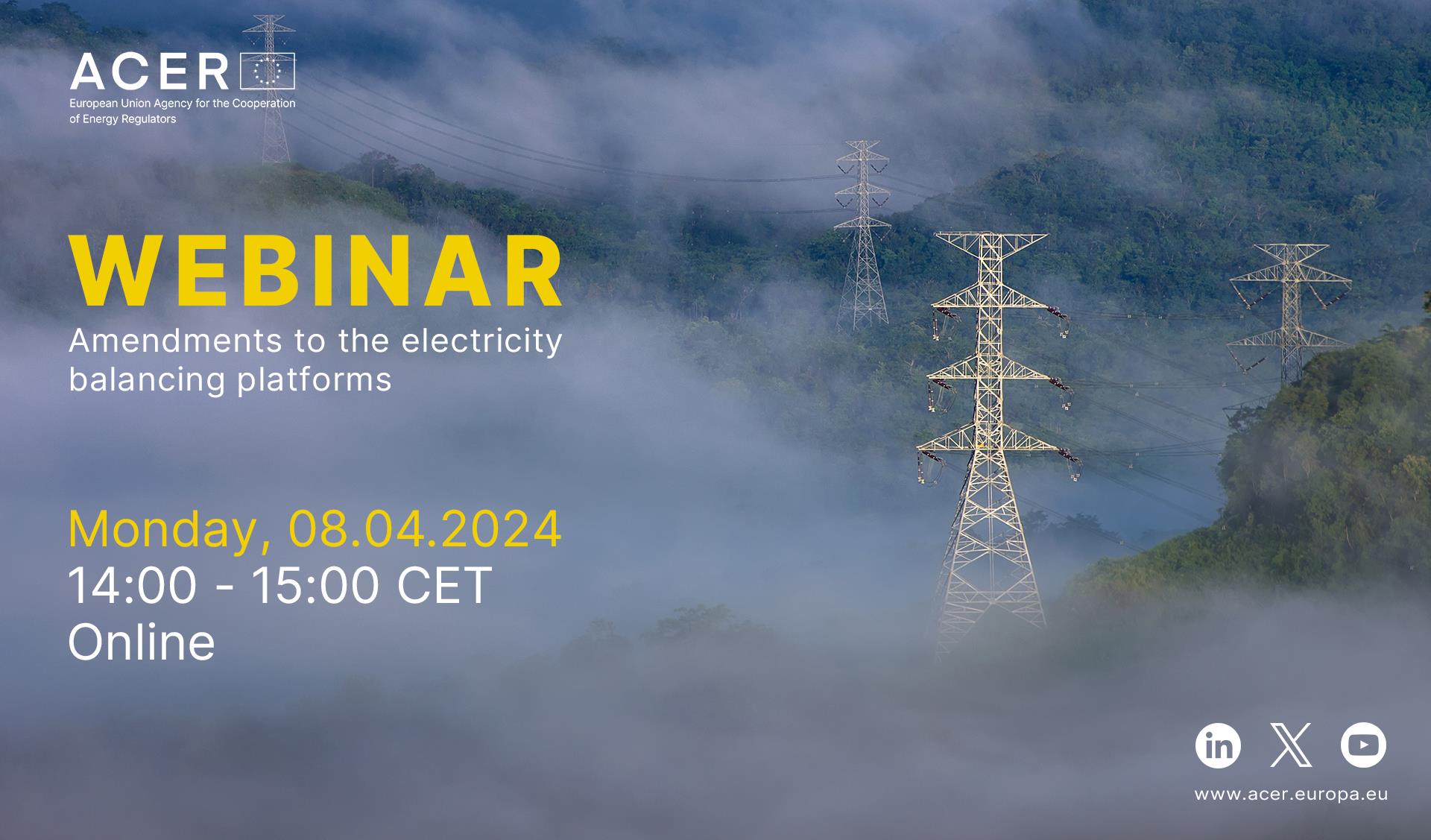


ARERA, the Italian energy regulator, has imposed a €940,000 fine on ENET Energy S.A. (ENET) for sending false and misleading signals on the Italian gas market.
According to ARERA’s decision, on a single trading day in 2022, ENET nominated very high volumes of gas storage capacity (i.e. over-nomination), both for injections and for withdrawals. This, together with ENET’s trading activity, sent false and misleading signals regarding the overall system imbalance, prompting the gas Transmission System Operator (TSO) Snam Rete Gas S.p.A. (Snam) to trigger balancing actions to ensure the system’s stability.
Under the REMIT Regulation (EU) No 1227/201, practices that distort the energy market are strictly prohibited. This includes the use of any fictitious devices (in this case a misuse of the over-nomination mechanism) or deceptive actions designed to mislead market participants about the true state of supply, demand, or prices of wholesale energy products.
ARERA found that ENET’s conduct breached Article 2.2.a.iii and Article 5 of REMIT Regulation. ACER welcomes this decision by ARERA, promoting the transparency and integrity of the Italian gas market.
Access ARERA’s Decision (in Italian).
See the latest table of REMIT breach sanction decisions adopted by national regulatory authorities.
Check the ACER REMIT Guidance (6th edition) for more information on the types of trading practices which could constitute market manipulation under REMIT.
Interested in further information on enforcement decisions under REMIT? Check out ACER’s REMIT Quarterly reports.







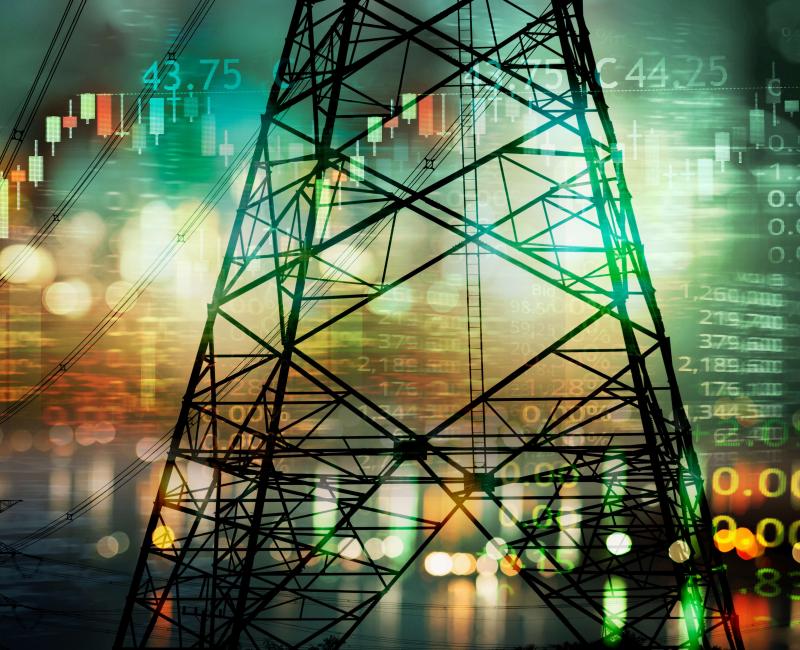
CRE’s Dispute Settlement and Sanctions Committee (CoRDiS) has imposed a EUR 500,000 fine on Engie for insider trading on the French wholesale electricity market and for failing to publicly disclose inside information in an effective and timely manner.
REMIT Regulation (EU) No 1227/201 prohibits insider trading in Europe’s wholesale energy markets and establishes rules for the obligation to publish inside information.
Between 1 January 2019 and 31 December 2020, Engie breached Articles 3 and 4 of the REMIT Regulation on several occasions:
Insider trading, along with the failure to publicly disclose in an effective and timely manner inside information, severely compromises the integrity and transparency of the EU electricity market.
ACER welcomes this decision of the French energy regulatory authority promoting the transparency and integrity of the French electricity market.
Access the Decision and CRE’s press release (both in French).
See the latest table of REMIT breach sanction decisions adopted by national regulatory authorities.
Check the ACER REMIT Guidance (6th edition) for more information on the types of trading practices which could constitute market manipulation under REMIT.
Additional material on enforcement decisions under REMIT is accessible in the REMIT Quarterly reports that ACER publishes each quarter.
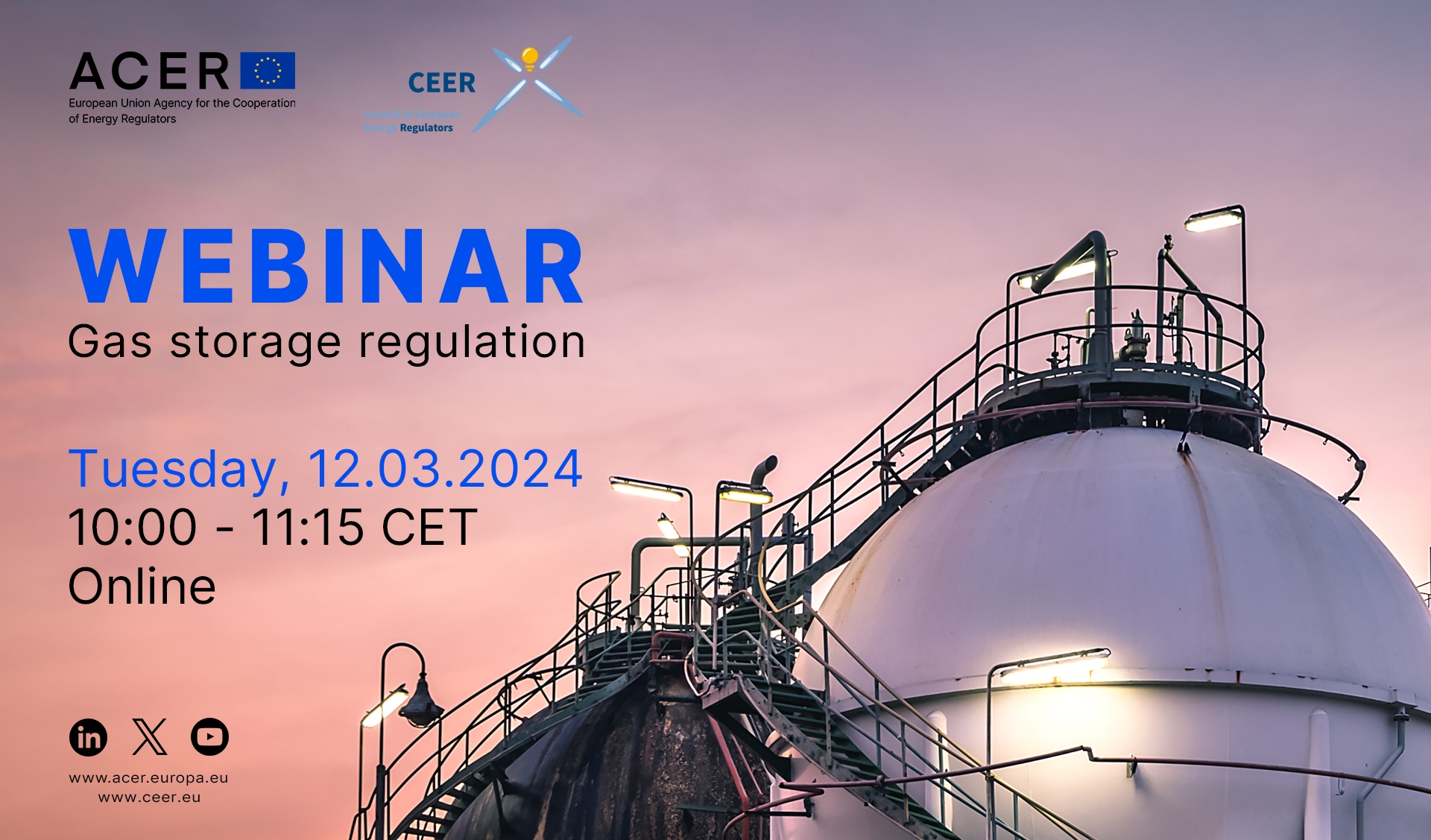

REMIT (Regulation on Wholesale Energy Market Integrity and Transparency) provides an EU framework for the transparency and integrity of energy markets and deters market participants from manipulating the market. It has an important role in protecting the interests of companies and consumers and ensuring trust in energy markets.
The REMIT Quarterly is ACER’s main channel of communication with stakeholders on REMIT-related matters, providing updates on ACER’s REMIT activities.
The 35th edition covers the fourth quarter of 2023 and features:
A summary of the 7th REMIT Forum (5 December 2023), which focused on the REMIT revision (trialogue results were published in 2023).
An analysis on the hydrogen wholesale market, looking at relevant developments in light of the envisaged expansion of ACER’s market surveillance mandate to hydrogen and renewable gases.
The statistics for Registered Reporting Mechanisms’ (RRMs’) contingency reports.
An updated overview of the sanction decisions under REMIT for 2023, with 379 cases under review at the end of the fourth quarter.
An assessment of the operation and transparency of different categories of market places and ways of trading in 2023, analysing:
trends in data reporting;
statistics on REMIT and Single Intraday Coupling (‘SIDC’) transaction records; and
trading on organised market places.
Other REMIT updates.
Access the 35th issue of the REMIT Quarterly.
Access all issues of REMIT Quarterly.
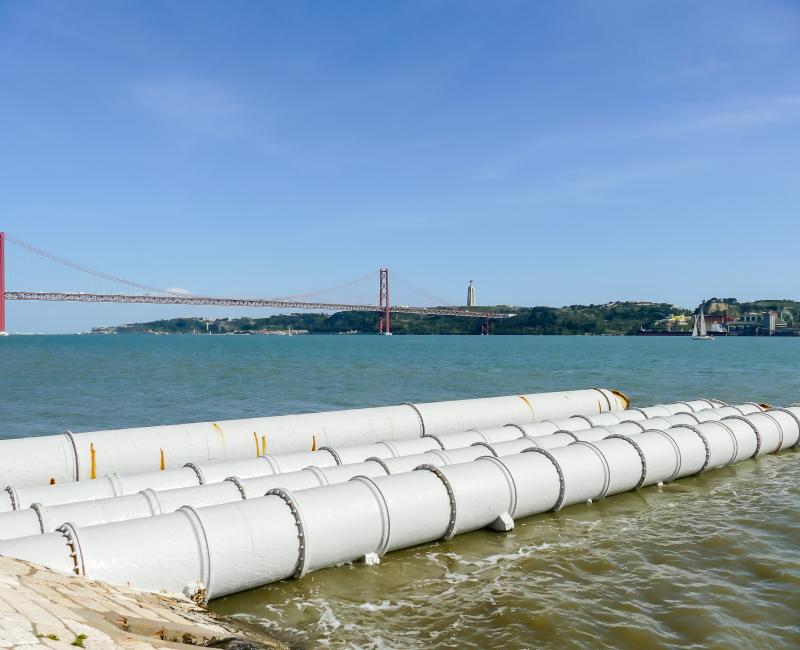
ACER publishes today its report on the proposed gas transmission tariffs for Portugal. This report assesses the reference price methodology proposed by the Portuguese national regulatory authority, ERSE, and provides a recommendation for its motivated decision on the final methodology to be applied.
ACER concludes that ERSE's proposed reference price methodology (RPM) is appropriate for the Portuguese transmission network but finds one issue to address.
The costs allocated using the RPM also take into account regional networks as opposed to just the Portuguese national transmission network. The use of a single methodology allocating the costs of both networks can potentially result in cross-subsidies between the users of both types of infrastructure (i.e. users of the transmission network may bear the costs of regional networks).
While the proposed RPM partially limits cross-subsidisation between the transmission networks and the regional networks, it does not completely prevent this. ACER recommends that the methodology is adjusted so that the costs of regional networks are not allocated to the transmission network.
ERSE should take a motivated decision by 4 May 2024 on the methodology to set the tariffs for the coming regulatory period (from 2024 to 2027).
Access all ACER reports on national tariff consultation documents.
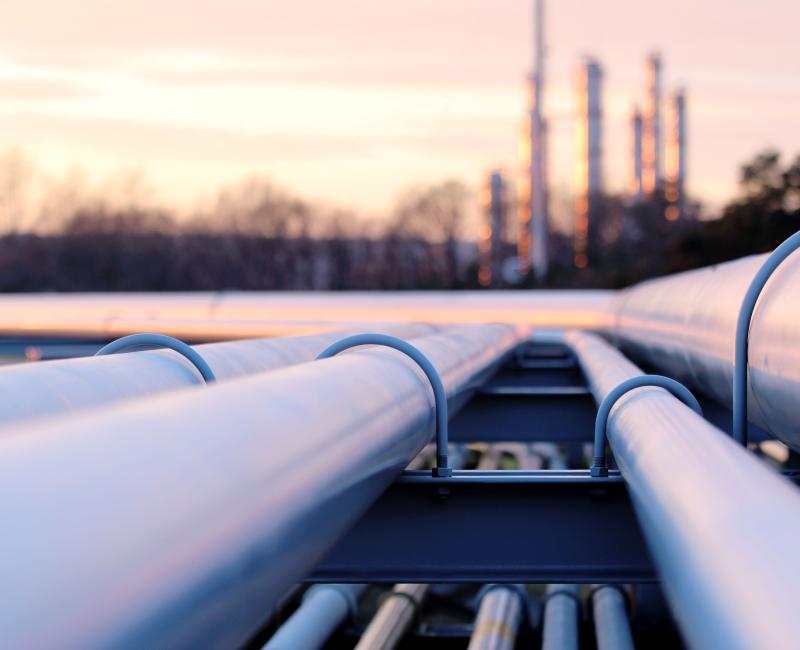
ACER publishes today its report on the tariff consultation for the Polish transmission network. The report provides recommendations to URE, the Polish National Regulatory Authority (NRA), on the proposed tariff methodology which will be used to set the tariffs for 2025 and 2026. The proposed methodology is based on the results of a consultation carried out by the Polish Transmission System Operator (TSO), which concluded on 19 January 2024.
Justify the proposed discount: the TSO proposed 100% discount at the entry point of the LNG terminal to increase the security of supply of the Polish network. ACER recommends that URE provides further justification on how the discount is set and how it supports this goal.
Set a fixed entry-exit split: despite the network code on harmonised transmission tariff structures (NC TAR) prescribing a fixed entry-exit split, the TSO proposes a variable split. ACER recommends setting a fixed entry-exit split to improve the predictability of network tariffs (e.g. network users could better forecast network tariffs).
Provide forecasts: ACER recommends that the NRA explains the indicative evolution of tariffs in 2025 and 2026. This information will be useful for network users to understand the proposed methodology and its impact over time.
Reconciliation of non-transmission services: ACER recommends reconciling potential under- or over-recoveries for both transmission and non-transmission services, separately. Doing so will enhance the accuracy of cost reflectivity of tariff.
By 18 July 2024, URE should adopt a motivated decision on the tariff methodology to be applied to the Polish transmission network. This decision shall also take ACER’s recommendations into account.
Access all ACER reports on national tariff consultation documents.